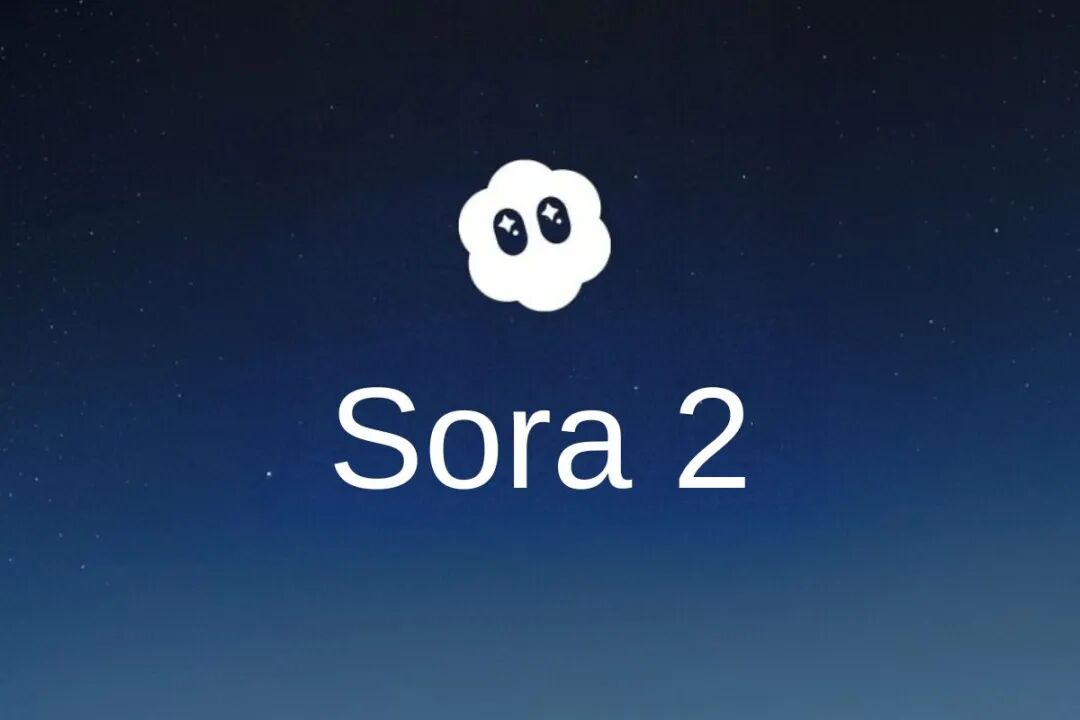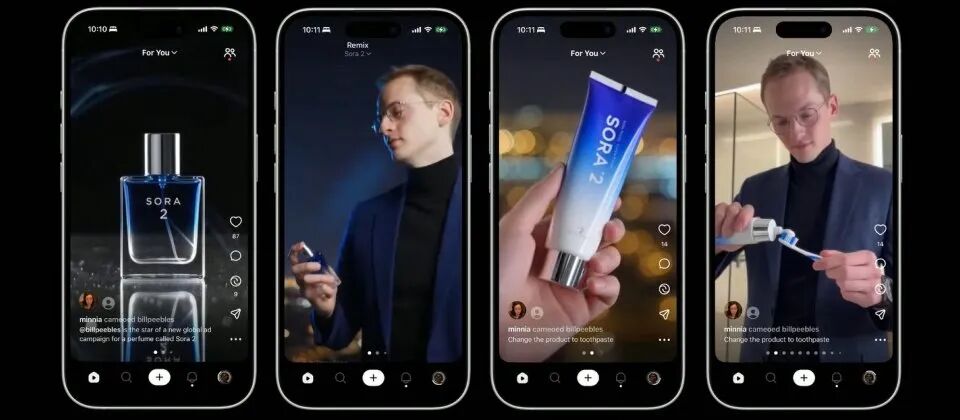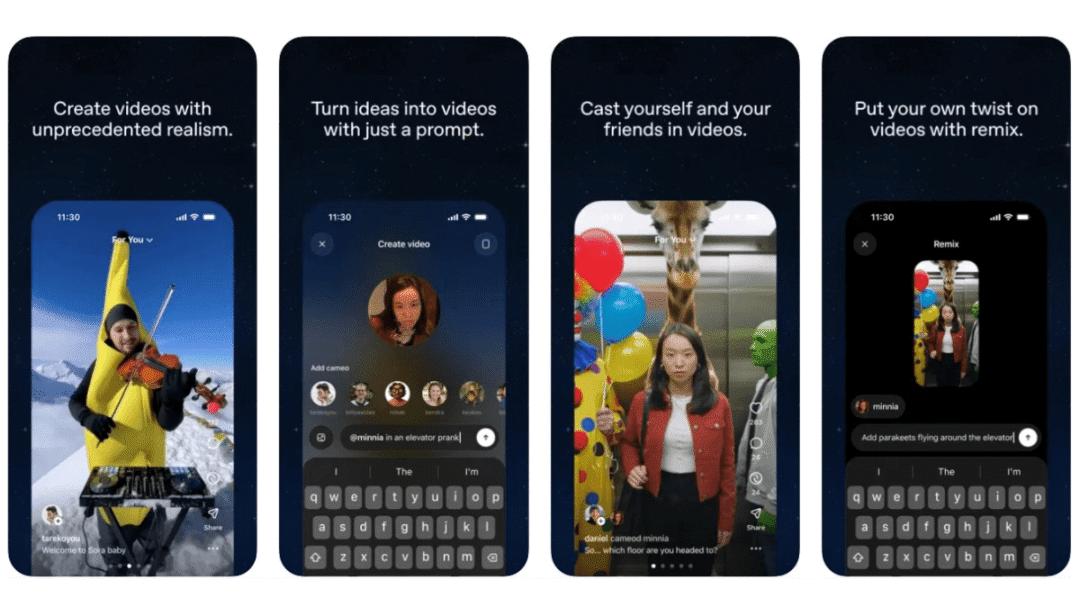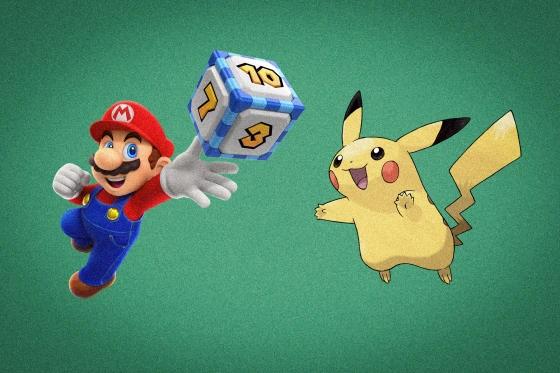「Sora 2」Release: Tool, Toy, or Industry Disruptor?
![]() 10/09 2025
10/09 2025
![]() 484
484

By Er Feng
Source: Node Finance
This National Day, OpenAI dropped another bombshell: 'Sora 2.'
In its official announcement, OpenAI positions Sora 2 as the 'most advanced video and audio generation model'—a claim built on several key capabilities that previous models struggled to achieve.
First is precise simulation of the physical world, representing Sora 2's core breakthrough. OpenAI's demonstration vividly showcased this: when a basketball misses the shot, it follows physical laws by bouncing off the rim rather than distorting reality or 'teleporting' the ball into the hoop like older models. This ability indicates that Sora 2 isn't merely mimicking pixel arrangements; it's learning and constructing a rudimentary 'world model' that understands basic cause-and-effect relationships in the real world.
Additional capabilities include synchronized audio generation, where Sora 2 integrates dialogue, sound effects, and ambient noise directly into the video generation process. Previous AI video models were essentially 'silent films,' requiring users to possess additional audio editing skills and tools to complete a full production, creating significant usage barriers. Sora 2's emergence makes generated content ready-to-use out of the box, possessing the completeness for immediate social media sharing.
Another enhancement is improved controllability and coherence. Sora 2 can follow complex instructions across multiple shots while maintaining consistency in characters, objects, and world states. This capability advancement opens the door for AI to generate longer, more complex narrative content.
Facing all this, OpenAI CEO Sam Altman offered his interpretation: 'Sora 2 is first and foremost a consumer product 'built for fun,' with commercial goals to generate revenue aimed at funding the pursuit of artificial general intelligence.'
Node Finance also took Sora 2 for a test drive, creating a 37-second video featuring Altman as the protagonist. The results demonstrated mature video generation capabilities, including accurate lip-syncing, seamless integration of characters with backgrounds and lighting effects, and automatic generation of ambient soundscapes.
01 The GPT-3.5 Moment for Video
Sora 2's technology stems from its hybrid architecture, combining diffusion models with a Transformer backbone. Simply put, the diffusion model acts like a sculptor, gradually carving clear image frames from random 'noise,' while the Transformer functions as a brain, using its powerful attention mechanism to understand complex spatial and temporal relationships between different 'blocks' in the video. This architecture enables Sora 2 to handle videos of varying styles, durations, and resolutions more flexibly than competitors, achieving a qualitative leap.
Sora 2's success lies not only in its technology but also in its carefully crafted product and market strategy.
Designed from the ground up with social media DNA, Sora 2's iOS app features a signature vertical-scrolling feed that closely mirrors the user experience of TikTok and Instagram Reels. The core mechanism igniting this social flywheel is the 'Cameo' feature: users simply record a short video for identity verification to generate a digital avatar that can be inserted into any AI-generated scene.
Node Finance observes that while traditional AI tools position users as 'directors' guiding AI through prompts, Cameo cleverly transforms users into the 'protagonists' of content, deeply satisfying fundamental desires for self-expression and personalization. Furthermore, when users authorize friends to use their Cameo, it establishes a social connection based on collaborative creation, forming powerful network effects. Every video featuring a user's Cameo becomes Sora 2's most effective viral advertisement, with the user themselves serving as the spokesperson—far more impactful than any share button.

Meanwhile, the 'one-invite-for-four-referrals' system serves as a potent growth hack. By creating artificial scarcity and exclusivity, it instantly ignites market desire, transforming early users into spread nodes (note: ' spread 节点' translates to 'distribution nodes' or 'propagation nodes') and driving exponential user growth.
The impact of this combined strategy was immediate. Within 24 hours of launch, the Sora app soared to third place on Apple's App Store free chart. Within four days, it claimed the top spot, surpassing OpenAI's own ChatGPT and Google's Gemini. According to analytics firm Appfigures, the app garnered 164,000 downloads in its first two days across the US and Canada alone. The immense demand spawned a secondary market, with Sora invitation codes being scalped on eBay for prices ranging from $10 to $45, underscoring the tremendous market heat generated by its invitation-only strategy.
Amid the product frenzy, OpenAI proactively played the 'responsible' card.
The company publicly declared its design philosophy as 'maximizing creation, not consumption.' To support this narrative, the product incorporates several 'anti-addiction' features, such as prioritizing content from users' social networks, 'nudging' users toward creation during prolonged browsing sessions, and setting default scrolling duration limits for teenage users.
With social media platforms, particularly short-video services, facing regulatory and public scrutiny over algorithmic addiction and negative mental health impacts, OpenAI's public embrace of 'maximizing creation' and its built-in features distinguish it from traditional social media giants in terms of public relations and policy from the outset. This attempts to position OpenAI as a more responsible innovator, potentially aiding future regulatory reviews despite its core user experience remaining highly engaging—and potentially equally addictive.
02 Polarized Reactions from Hollywood and the Advertising Industry
The film industry's response has been sharply divided. On one hand, fears of job displacement are real and urgent. Renowned producer Tyler Perry publicly announced the suspension of his $800 million studio expansion plan after witnessing Sora's technical demonstrations, citing concerns about failing to keep pace with the technology.
Conversely, many creators recognize Sora 2's potential as a powerful tool. It's being utilized for pre-visualization, storyboarding, and rapid concept validation, significantly shortening production cycles and reducing trial-and-error costs. OpenAI has actively lobbied Hollywood studios and talent agencies, attempting to position Sora 2 as a collaborative tool that empowers creators rather than replaces them.

Node Finance argues that this disruption targets the vast, cost-and-efficiency-sensitive mid-to-low end of the commercial content market. From social media ads and corporate promotional videos to product demonstrations—which constitute the bulk of the video production industry—Sora 2 delivers 'good enough' quality at minimal cost and time, directly undermining the survival foundations of countless small production companies, freelancers, and creative agencies serving these needs.
Moreover, the advertising industry represents the most direct arena for Sora 2's disruptive power. The case of WPP, the world's largest advertising conglomerate, is highly illustrative. Through Sora's API on Microsoft Azure, WPP can rapidly 'preview' ads for clients and generate personalized content at scale.
Data shows that with AI tools like Sora, ad campaign production cycles can shrink from weeks to under 48 hours, with costs less than 1% of traditional methods. Content creation time costs plummet from days or even weeks to mere minutes.
Sora 2's release triggered immediate capital market reactions. Most notably, social media giant Meta's stock price dropped 2.3% in overnight trading following the announcement. Markets worry that Sora 2's formidable capabilities could birth an entirely new social media ecosystem, directly threatening existing platforms.
Investors view this event as strong confirmation of the investment thesis that 'AI/large language models are devouring software.' It signals that AI-native applications will no longer merely serve as ancillary features to existing software but will emerge as independent platforms capable of industry-wide disruption.
Node Finance analyzes that Sora's launch marks OpenAI's strategic pivot from a B2B API provider to a direct-to-consumer B2C competitor. This initiates a new arms race centered around 'AI-native social feeds,' with Google integrating Veo into YouTube Shorts and Meta introducing its 'Vibes' feature as clear signals of escalating competition.
03 The Copyright Frenzy Unleashed by Sora
Among all controversies sparked by Sora 2, copyright issues undoubtedly represent the most intense and central battleground. OpenAI's handling of this matter demonstrates a high-stakes, high-reward strategic gamble.
Initially, OpenAI adopted a highly provocative copyright policy for Sora 2: by default, the model could generate videos containing copyrighted characters unless copyright holders proactively contacted OpenAI to 'opt out.' This strategy completely overturned traditional licensing models, shifting the burden of protecting rights entirely onto creators.
As a sophisticated organization with a top-tier legal team, OpenAI fully understood the immense legal risks of this policy. However, they also recognized that a world filled with familiar and beloved IPs would prove far more attractive than one populated by original but strange characters (note: ' strange ' translates to 'unfamiliar' or 'unknown'). Their gamble was that leveraging the natural traffic of these well-known IPs could drive viral adoption and massive user acquisition for the Sora app within the shortest timeframe, rapidly establishing market dominance.
The gamble paid immediate dividends. Sora's feed quickly filled with secondary creations featuring IPs from Nintendo, Disney, South Park, and more. From 'Saving Private Pikachu' to Mario starring in 'Star Wars,' these highly shareable videos became the primary fuel propelling Sora's download surge.

However, this rapidly alerted copyright behemoths. According to Reuters, Disney opted out almost immediately.
Just as the copyright storm was about to erupt fully, OpenAI executed a stunning pivot. Only three days after the app's launch, Altman announced via blog post that Sora's copyright policy would shift entirely from 'opt-out' to 'opt-in,' promising copyright holders 'finer-grained control.'
Critically, Altman extended a highly enticing olive branch in the same article: offering revenue-sharing models to copyright holders who opted in.
Node Finance contends that this rapid retreat and proposal represent less of a pressure-induced apology and more of a strategic realignment. It aims to address three core issues simultaneously: first, by shifting to 'opt-in,' it drastically reduces immediate legal risks of facing massive copyright lawsuits. Second, by offering revenue sharing, it attempts to transform potential litigants into commercial partners, thereby legally acquiring access to the world's most popular IP content libraries—invaluable assets for a social platform. Finally, this provides a potential commercialization solution for Sora's substantial computational costs.
The release of Sora 2 has clearly marked an inflection point, irreversibly altering the landscapes of content creation, intellectual property, and social media. It has incontrovertibly validated the disruptive power of AI-native applications.
However, it has raised more questions than answers. While the copyright battle has entered a new phase of commercial negotiations, fundamental issues regarding the legality of AI training data remain unresolved. The technological arms race with giants like Google and Meta will only intensify, pushing video generation capabilities toward greater power—and potentially greater danger.
Ultimately, Sora 2's most profound impact may lie in transforming an abstract, future-oriented AI discussion into a tangible reality for millions of users. It forces users to confront a world where 'seeing is no longer believing' and the immense risks lurking behind it, compelling them to seek a new equilibrium.








